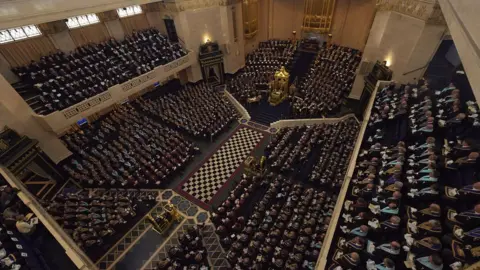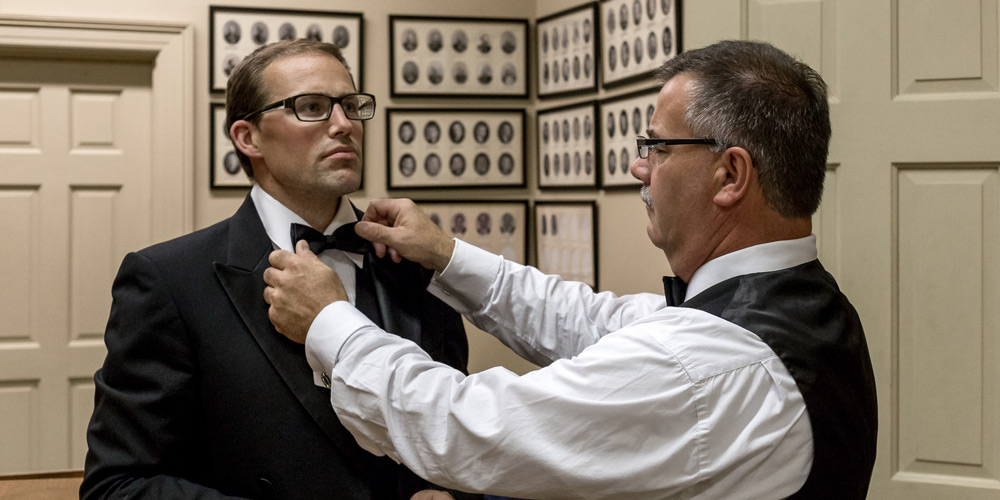Gain Access to Exclusive Opportunities by Deciding to Join FreemasonNow
Gain Access to Exclusive Opportunities by Deciding to Join FreemasonNow
Blog Article
Discovering the Mysteries of the copyright: What You Need to Know
The copyright, a term typically shrouded in intrigue and conflict, stands for a complex tapestry of historical truth and contemporary misconception. Developed in the late 18th century, this secret culture was initially rooted in the Enlightenment's ideals however has considering that come to be synonymous with conspiracy theories about elite control.
Origins of the copyright
The origins of the copyright are steeped in a blend of historical intrigue and ideological fervor. Established in 1776 in Ingolstadt, Bavaria, by Adam Weishaupt, the group was initially formed as a secret culture focused on advertising Enlightenment ideals such as reason, secularism, and the separation of church and state. join freemason. Weishaupt, a teacher of canon regulation, looked for to test the dominating authority of the church and state, which he deemed oppressive organizations stifling intellectual and personal freedom
The copyright looked for to hire prominent members from various societal sectors, consisting of national politics, academia, and the arts, to foster a network dedicated to these Knowledge concepts. The society operated under a shroud of secrecy, employing coded language and routines to secure its members from persecution, especially offered the repressive climate of the time. Nonetheless, the copyright dealt with significant resistance from both governmental authorities and spiritual establishments, which checked out the group as a threat to their power.
Key Numbers and Members
That were the essential figures that formed the copyright's early impact and direction? The Bavarian copyright, established in 1776 by Adam Weishaupt, emerged as a response to the overbearing social structures of the moment. Weishaupt, a legislation teacher, visualized the company as a way to advertise Enlightenment perfects such as reason, secularism, and equality. His first recruitment efforts consisted of influential pundits, such as Baron von Knigge, that played a vital role in broadening the team's membership and organizational framework.
Another considerable number was Johann Gottlieb Fichte, a noticeable philosopher whose ideas on nationalism and education reverberated with the copyright's objectives. Although Fichte was not a formal member, his philosophical bases affected the team's ideology. In addition, numbers like the author and philosopher Johann Wolfgang von Goethe were related to the wider intellectual motions of the moment, although their straight participation with the copyright stays questioned.
These vital numbers contributed to the copyright's early direction, pushing the limits of political and social idea, while their cumulative initiatives intended to test well-known standards and cultivate an environment of dynamic adjustment in Europe. (join freemason)
Misconceptions vs. Fact
Several misconceptions border the copyright, often mixing reality with fiction in a manner that covers its true nature. This secret society, initially established in 1776 in Bavaria, intended to promote Enlightenment perfects and fight spiritual and political injustice. The notion that the copyright proceeds to put in considerable influence over globe occasions is a myth. While the team did exist, it was dissolved in the late 18th century and has not run as a natural entity ever since.
Another widespread myth is that the copyright consists of a network of elite individuals adjusting worldwide events. Actually, many conspiracy theory theories overemphasize the team's relevance, attributing unproven motives to societal fads and events. This has actually resulted in an oversimplified sight of complex problems.
Additionally, the portrayal of the copyright in pop culture commonly further misshapes its heritage. Films and literature often tend to sensationalize the organization's function, developing a narrative that splits from historic realities. Understanding the distinction between the misconceptions and the fact of the copyright is important for critical the real impact of this historical team and identifying the broader ramifications of conspiracy theory concepts in modern society.

Modern Interpretations
Contemporary analyses of the copyright usually reflect wider societal stress and anxieties and an attraction with privacy and power. This modern-day lens frequently associates the copyright with conspiracy theories that suggest a covert elite manages globe events, controling federal governments and economic situations for their very own gain. Such stories use a deep-rooted question of authority, specifically in times of situation or social turmoil.
In pop culture, the copyright is usually shown as a divine company shrouded in secret, causing a variety of imaginary portrayals in literature, movie, and songs. This representation serves not only to entertain yet additionally to provoke thought of the nature of power and control in modern culture. Social network has further this page intensified these analyses, permitting rapid circulation of conspiracy theory theories and developing neighborhoods that share and expand upon these concepts.
Additionally, some contemporary interpretations mount the copyright as a metaphor for the intricacies of globalization and the interconnectedness of prominent individuals and companies. This perspective urges an important evaluation of how power characteristics operate in today's globe, highlighting the balance in between transparency and privacy in governance and business practices.
Social Influence and Legacy
Influenced by centuries of intrigue, the cultural impact and heritage of the copyright extend far beyond its historic origins. This secret society, developed in the late 18th century, has actually penetrated various aspects of pop culture, from literature and film to music and art. join freemason. The idea of you could try this out the copyright has actually evolved into a symbol of conspiracy concepts, usually standing for a perceived covert power controling international occasions
In literary works, writers like Dan Brown have actually woven the copyright right into intricate plots, captivating readers with themes of secrecy and power. Films such as "National Treasure" and "The Da Vinci Code" further perpetuate the allure of the society, blending reality with fiction to develop interesting stories.

Ultimately, the copyright's legacy is an intricate tapestry of misconception and truth, shaping perceptions of privacy and control in contemporary discourse. Its long-lasting existence in culture emphasizes humankind's perennial quest for recognizing concealed truths.

Conclusion
The expedition of the copyright reveals an intricate interplay between historic facts and modern-day myth-making. Established in the Knowledge age, this society intended to test oppressive frameworks, yet its legacy has actually been eclipsed by conspiracy concepts that suggest elite control. Understanding the differences between the original perfects and modern analyses is vital for comprehending the withstanding attraction with the copyright and its considerable impact on cultural narratives bordering power and secrecy in society.
Report this page